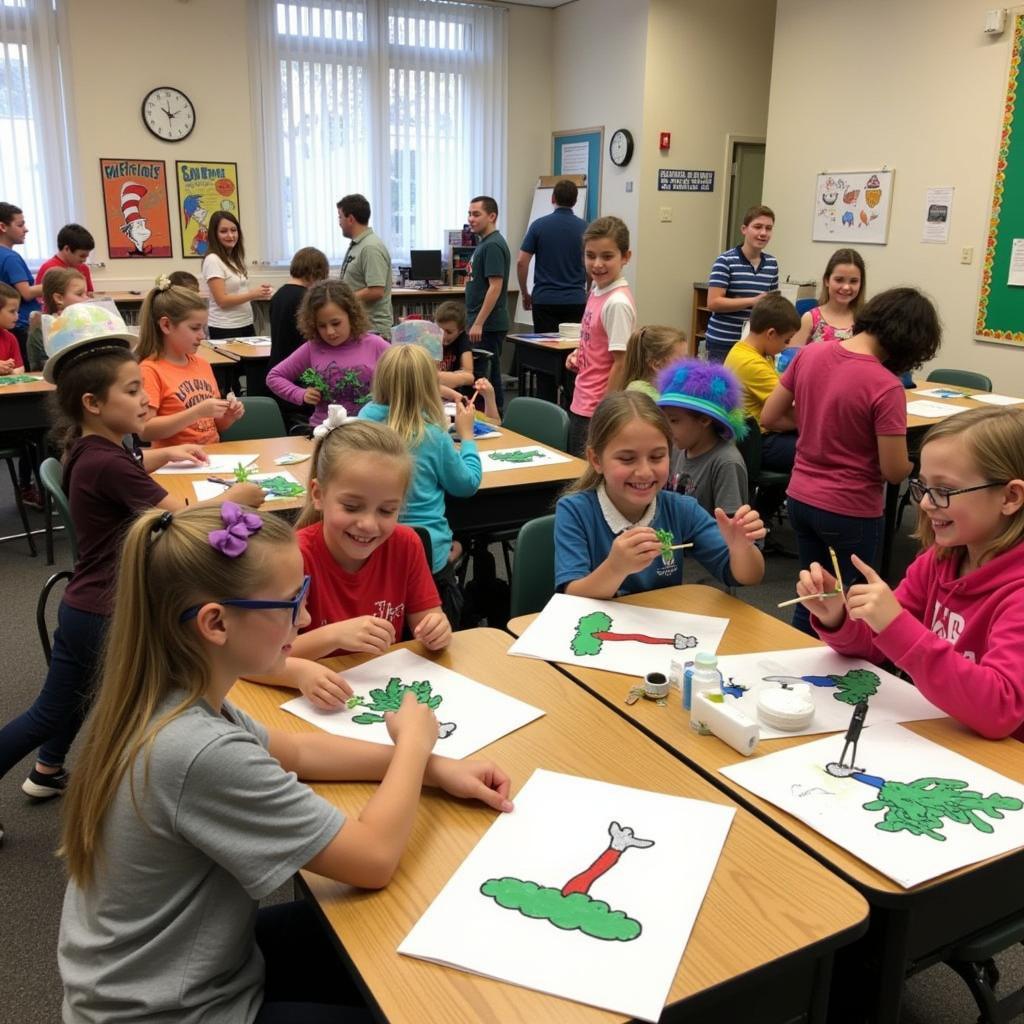Unleashing Your Inner Warrior: A Guide to Martial Arts Writing
Martial Arts Writing, a dynamic blend of action, philosophy, and technical prowess, captures the essence of combat disciplines. Whether you’re crafting a thrilling fight scene, exploring the history of a specific style, or delving into the philosophical depths of martial arts, this guide will equip you with the tools to write powerfully and effectively.
Understanding Your Audience: Who are you writing for?
Knowing your audience is crucial. Are you writing for martial artists, casual enthusiasts, or a broader audience unfamiliar with the intricacies of combat? This will determine your tone, vocabulary, and the level of technical detail you include. For example, if you’re writing for experienced practitioners, you can use specialized terminology without explanation. However, if your target audience is broader, you’ll need to explain these terms clearly and concisely. What are their interests? Do they prefer historical accuracy, fantastical fight choreography, or character-driven narratives?
Researching Martial Arts: From Kata to Kicks
Thorough research is essential for believable and engaging martial arts writing. Study different styles, from the fluid movements of Tai Chi to the explosive power of Muay Thai. Understand the core principles, philosophies, and histories of each discipline. Explore the cultural context surrounding martial arts, including the rituals, traditions, and codes of conduct that shape practitioners.
Finding Your Fighting Style: Choosing Your Narrative Approach
How will you tell your story? Will you focus on realistic combat, fantastical abilities, or a blend of both? Consider the following approaches:
- Technical Precision: Describe movements with accuracy and detail, focusing on the biomechanics of each technique.
- Emotional Impact: Explore the inner world of the characters, their motivations, fears, and triumphs.
- Philosophical Depth: Delve into the deeper meaning of martial arts, exploring themes of self-discipline, respect, and the pursuit of mastery.
Writing Fight Scenes: Bringing Action to Life
A compelling fight scene requires more than just a flurry of punches and kicks. It needs to be choreographed with purpose, building tension, revealing character, and advancing the plot. Imagine yourself in the fight. What would you see, hear, and feel? Use vivid imagery and sensory details to immerse the reader in the action.
Show, Don’t Tell: Painting a Picture with Words
Instead of saying “he punched him hard,” describe the specific motion, the force behind the blow, and the impact on the opponent. For example: “He pivoted on his heel, his fist a blur of motion as it connected with the opponent’s jaw, sending a shockwave through the crowd.”
Crafting Compelling Characters: Beyond the Black Belt
Your characters should be more than just skilled fighters. Give them depth, flaws, and motivations that resonate with the reader. Explore their relationships, their struggles, and their personal journeys. What drives them to practice martial arts? What are their weaknesses and how do they overcome them?
Martial Arts Writing Resources: Expanding Your Knowledge
Numerous resources are available to enhance your martial arts writing. Explore books, documentaries, and online forums dedicated to specific styles. Interview martial artists to gain firsthand insights and perspectives. Attend workshops or classes to experience the physical and mental demands of training.
Conclusion: Mastering the Art of Martial Arts Writing
Martial arts writing is a challenging but rewarding endeavor. By combining diligent research, vivid imagery, and compelling characters, you can transport your readers to the heart of combat and explore the rich tapestry of martial arts culture. Remember to keep honing your skills, seeking feedback, and never stop learning. Mastering this art form requires dedication and passion, just like mastering a martial art itself.
Need help with your martial arts writing journey? Contact us! Phone: 02462573573, Email: danteum@gmail.com. We’re here 24/7 to support you. You can also visit us at Savico Megamall, 7-9 Đ. Nguyễn Văn Linh, Gia Thụy, Long Biên, Hà Nội 10000, Việt Nam. We also recommend exploring recovery art and forgiveness art for a broader understanding of artistic expression. For fans of sci-fi, our article on star wars duel of the fates concept art might be of interest. You can also find inspiration in calm in the storm art or plan your creative year with the art desk calendar 2024.


